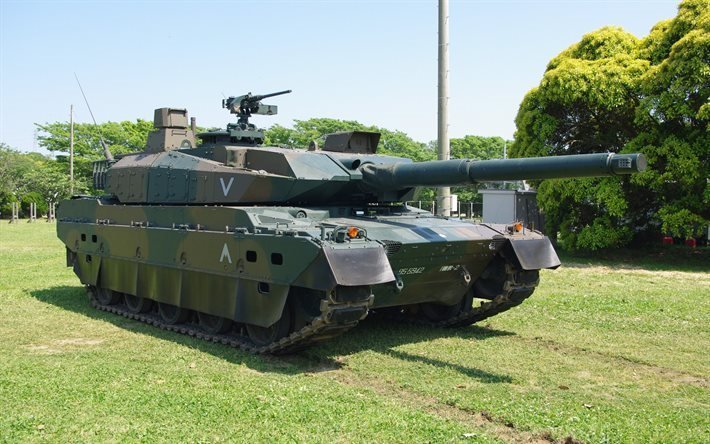

This wasn’t a great decision for the vehicle – the development of such a weapon system is notoriously expensive and slow. that would fire special Japanese ammunition. Apart from the abovementioned self-reliance, the tank was to be protected by advanced composite armor and armed with an indigenous 120mm smoothbore gun by Japan Steel Works Ltd.


The general military requirements for the tank itself were issued in 1980. This, of course, would cost not only time, but also a lot of money and, between 19, the Japanese were slowly approving the funding for various tank components, including the gun and the engine. One of the important principles for the Japanese was self-reliance – as many components as possible were to not only be produced in Japan, but also designed there. Since its 1976 approval, the development process took a few years to pick up steam. The Japanese themselves realized that something better was needed – and that something was the Type 90.Īll post-war Japanese tanks were designed with defense in mind and this tank would be no exception. With its steel armor and a 105mm gun, it was roughly on par with the M60 series or the Leopard 1, but its steel armor and 105mm gun just wouldn’t cut it against the rapidly evolving designs of the Soviet Union. But the appearance of modern Soviet tanks such as the T-64, T-64A and the T-72 made it quickly obsolete and by the end of the 1970s, when it appeared in any meaningful numbers, it was outdated. Not that the mass-produced Japanese service tank of that time, the Type 74 MBT, wasn’t a solid vehicle considering the time it was designed in (the early 1960s). The development of the tank started in 1976 as a part of the STC program to build a truly modern tank for the Japanese Self-Defense Forces, although shortly afterwards the development program received a different designation – TK-X. We are happy to introduce the first Japanese vehicle of Armored Warfare – the Type 90 Main Battle Tank!


 0 kommentar(er)
0 kommentar(er)
